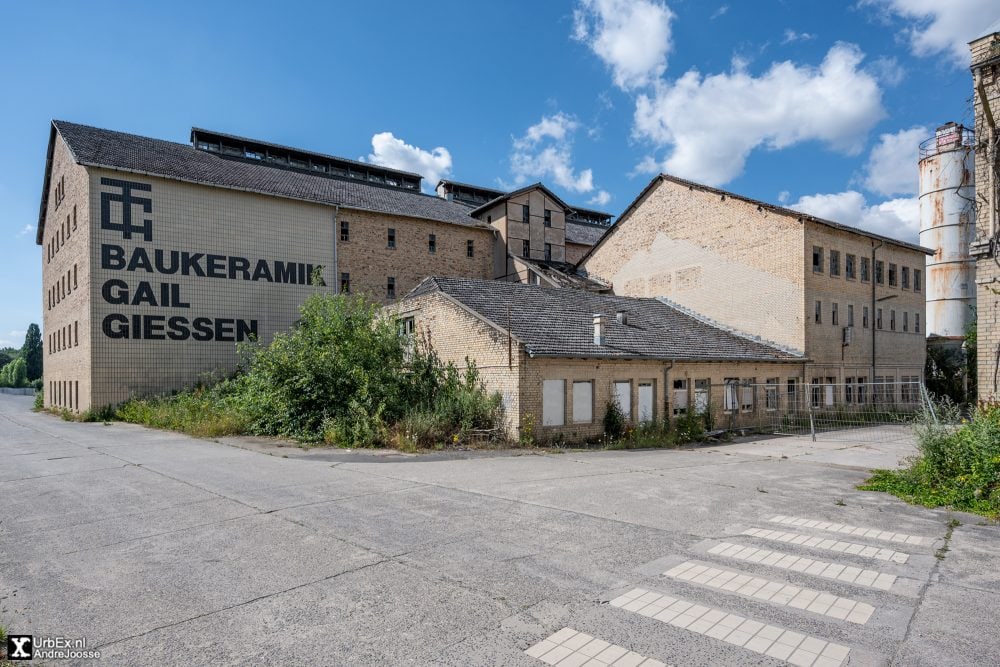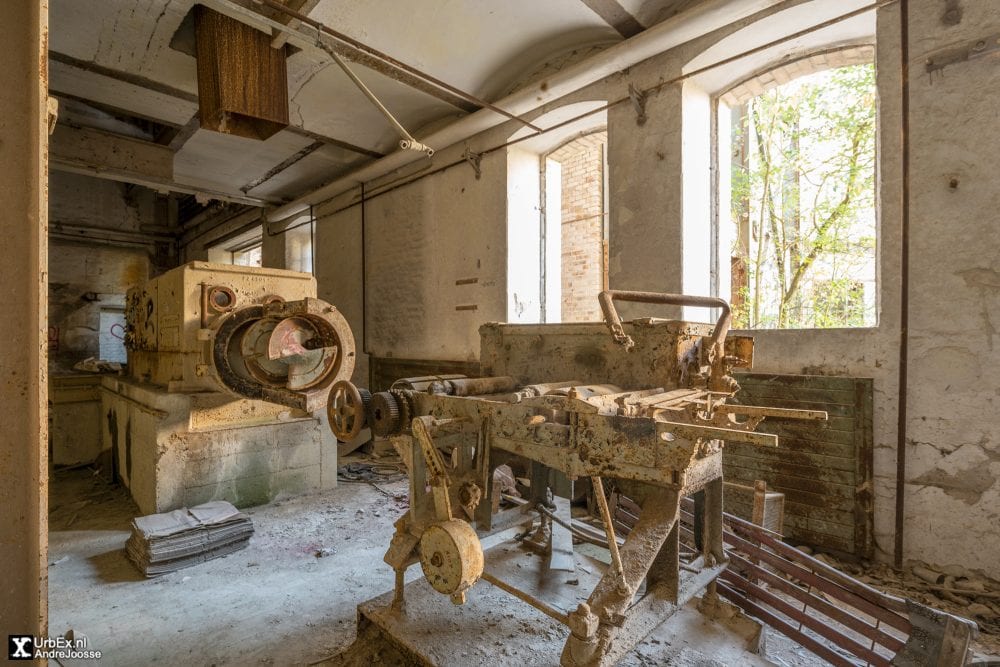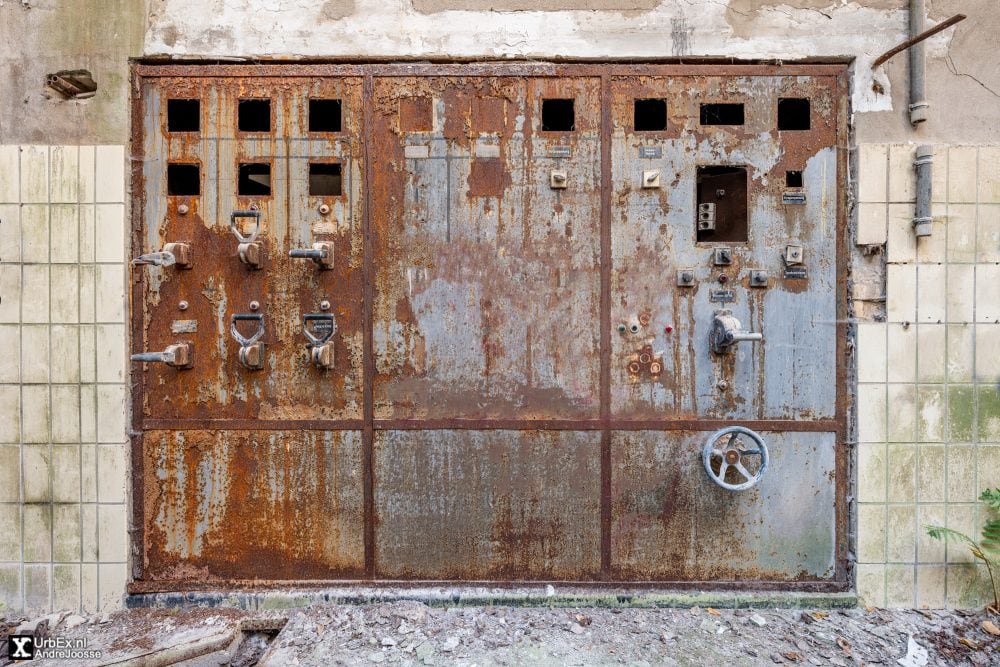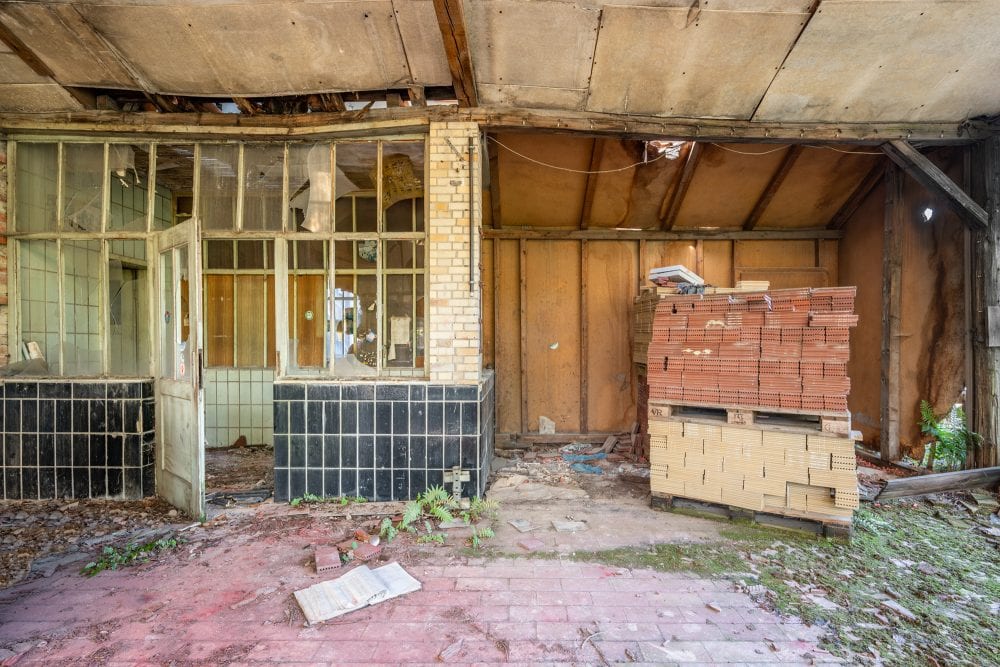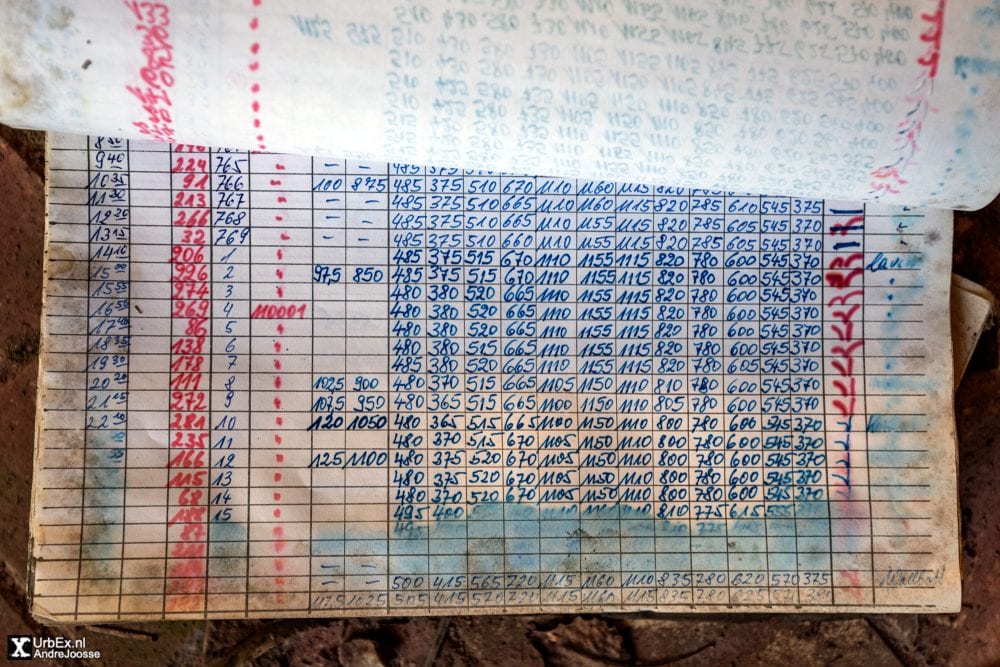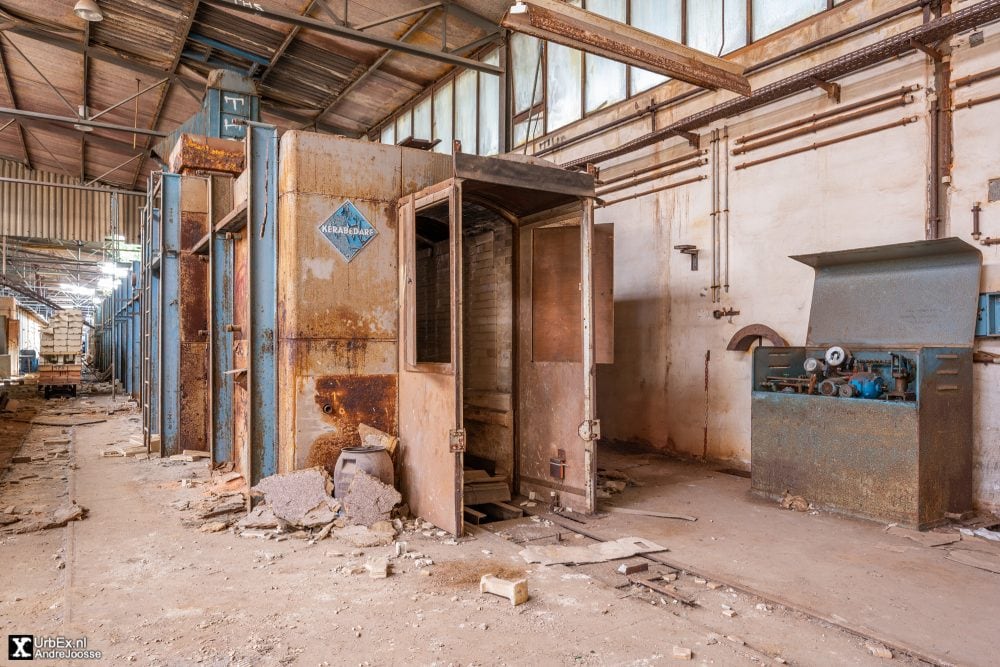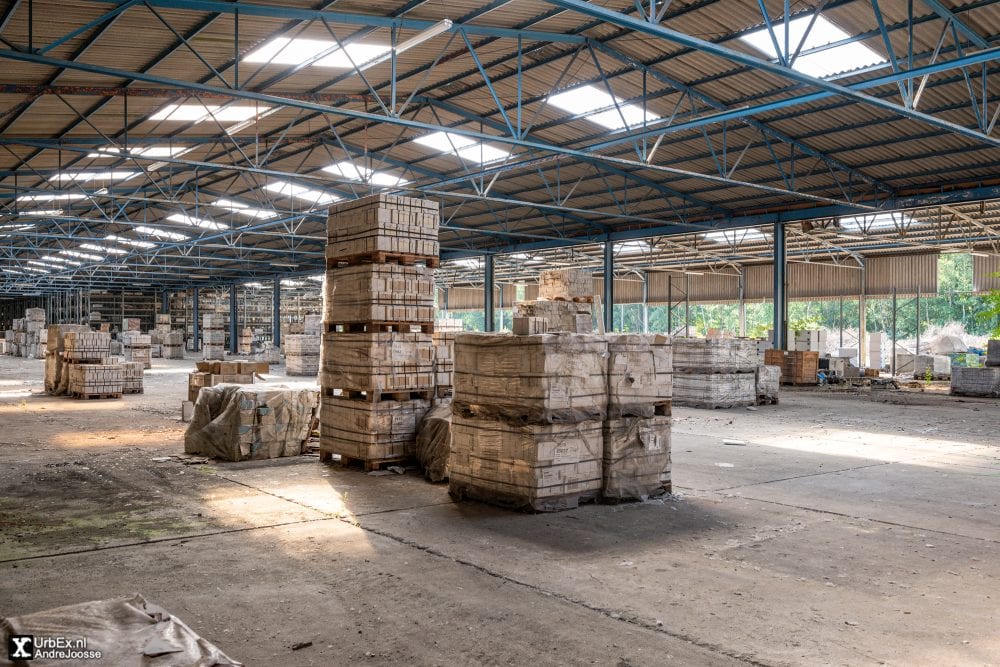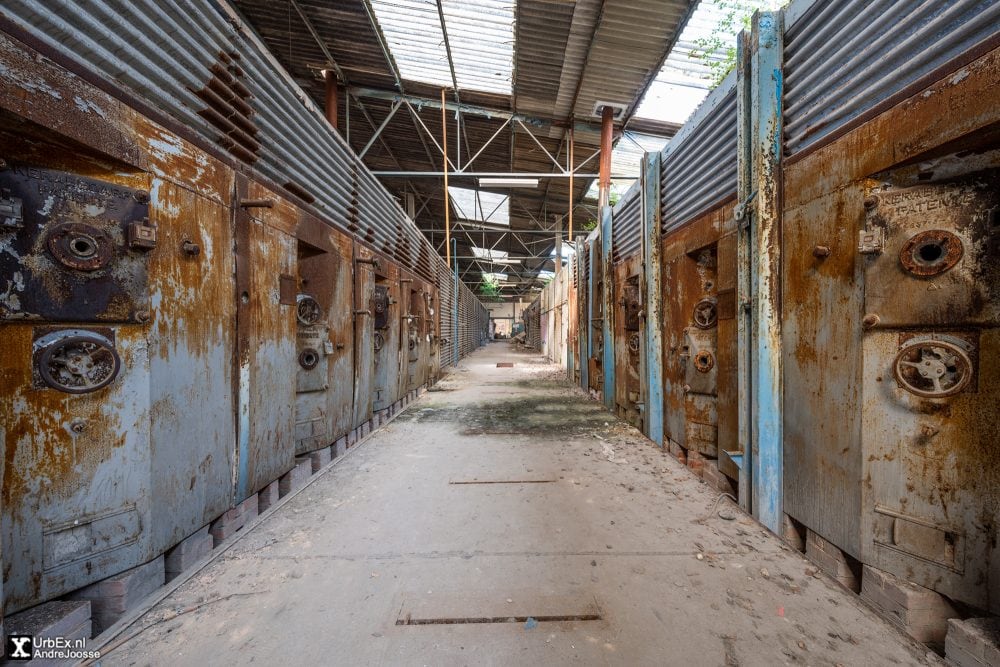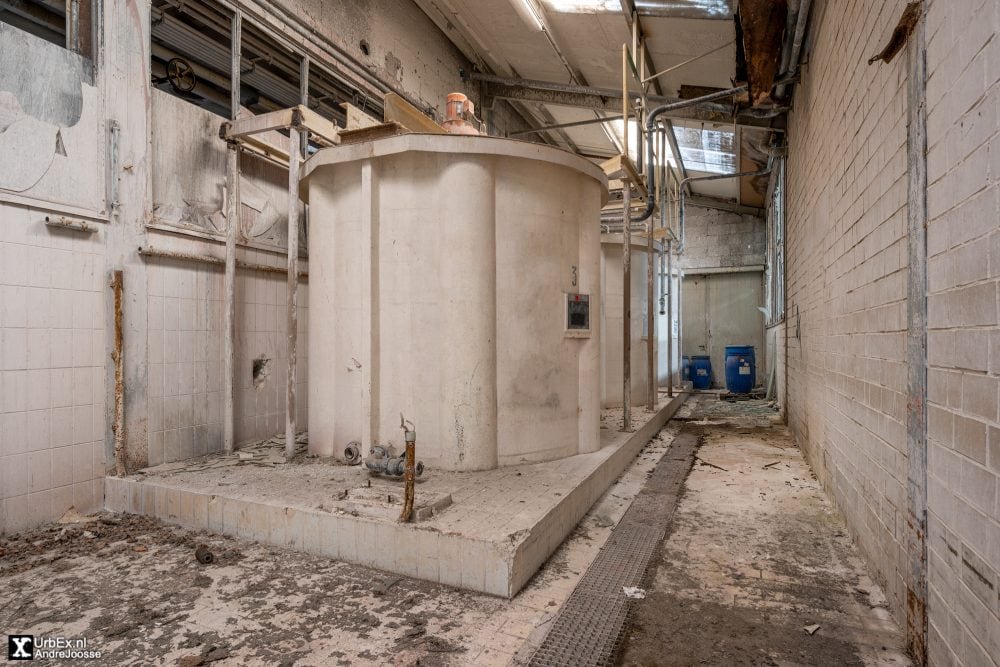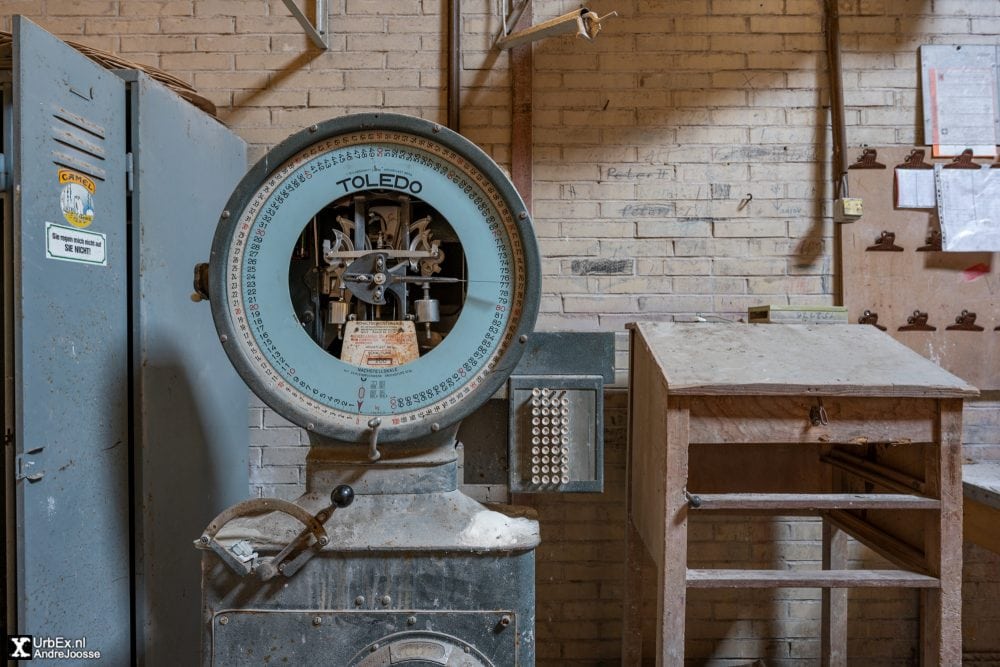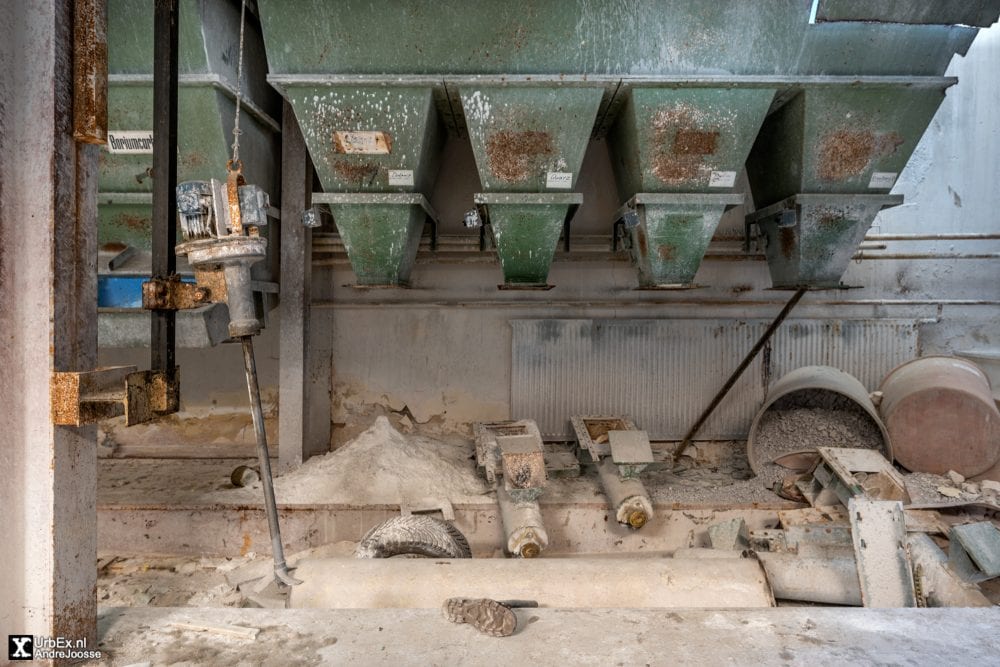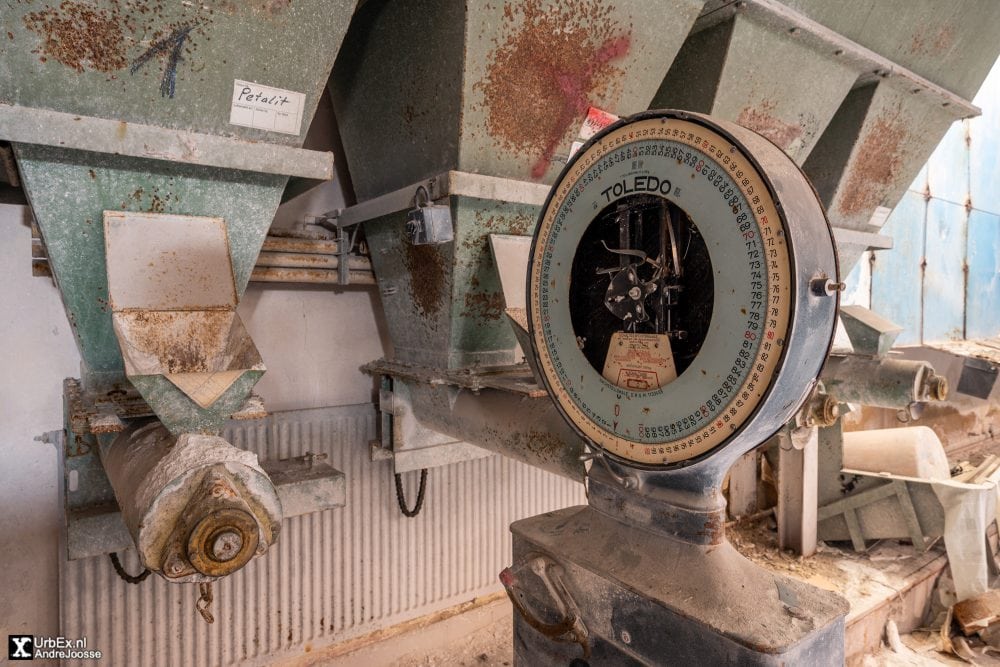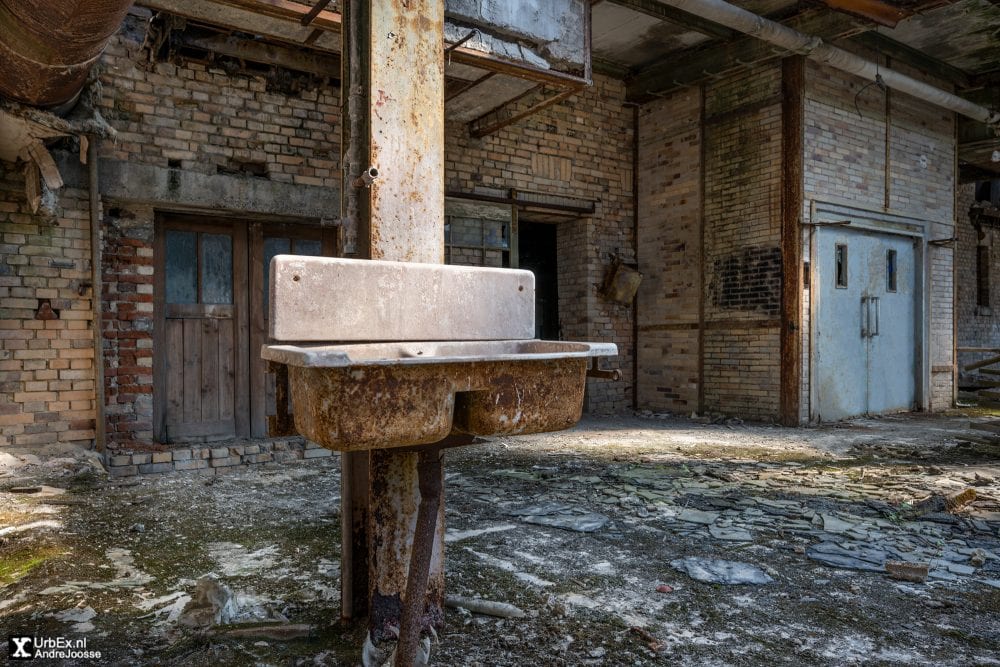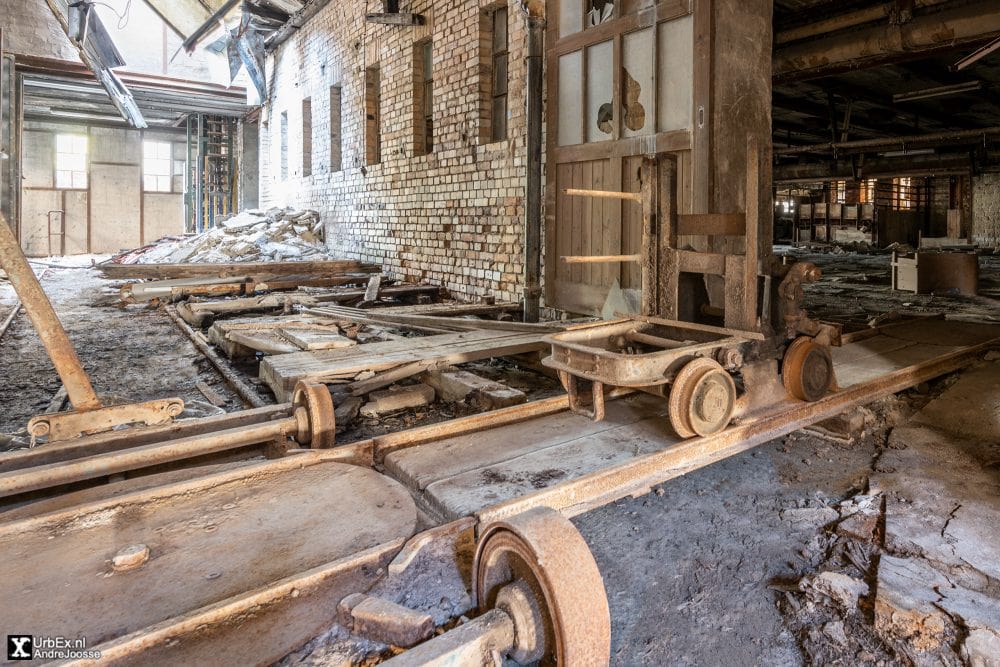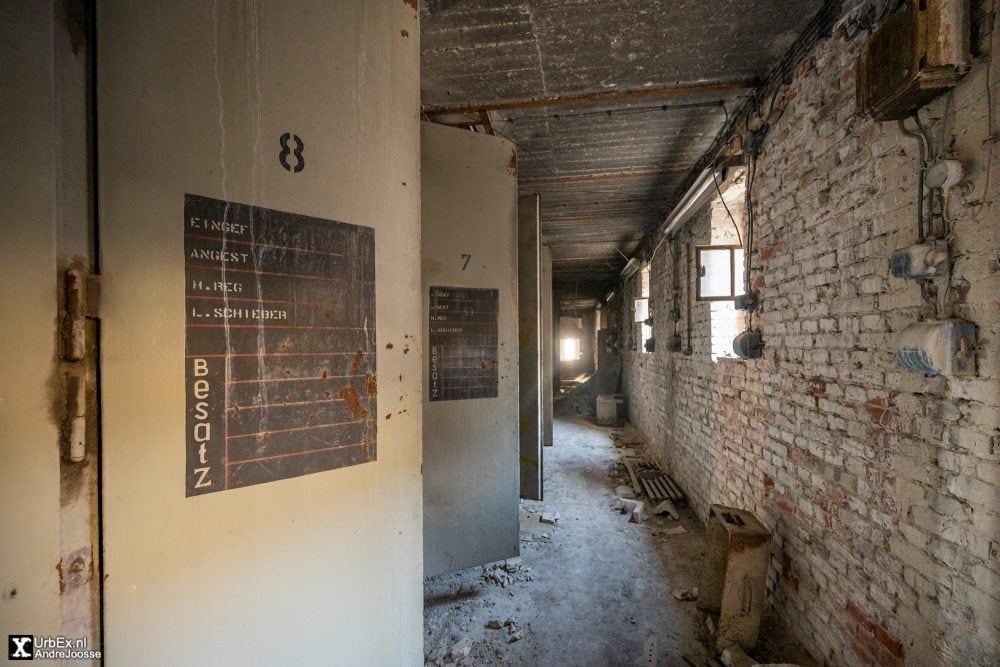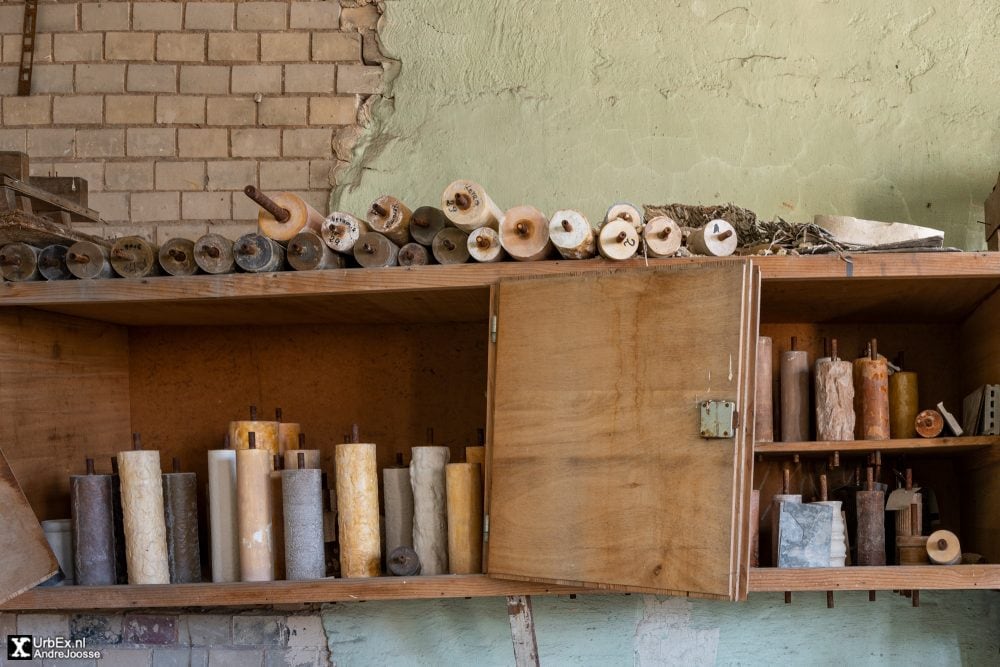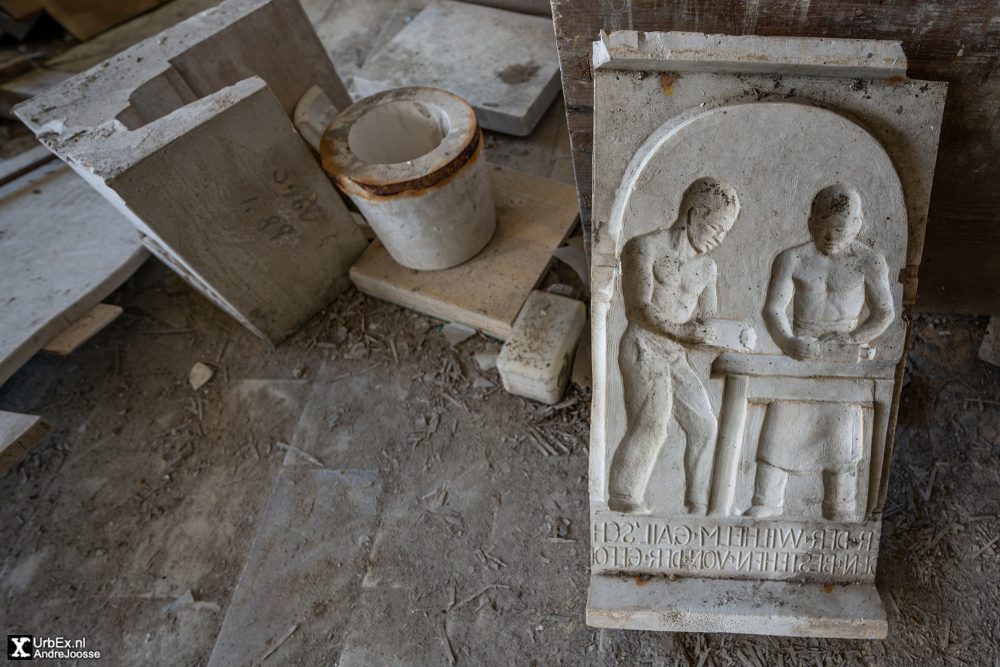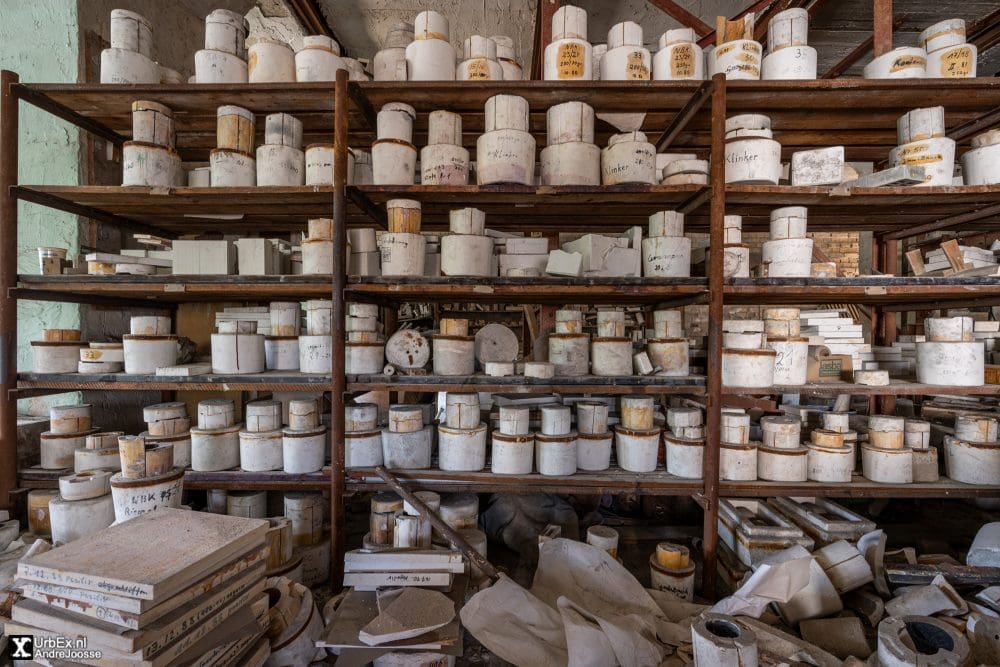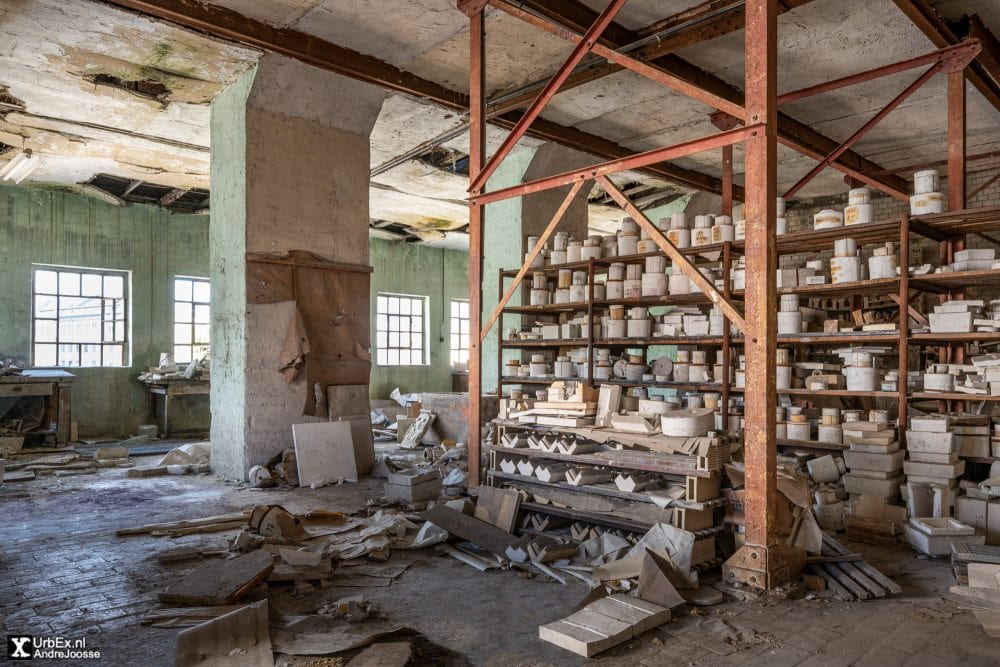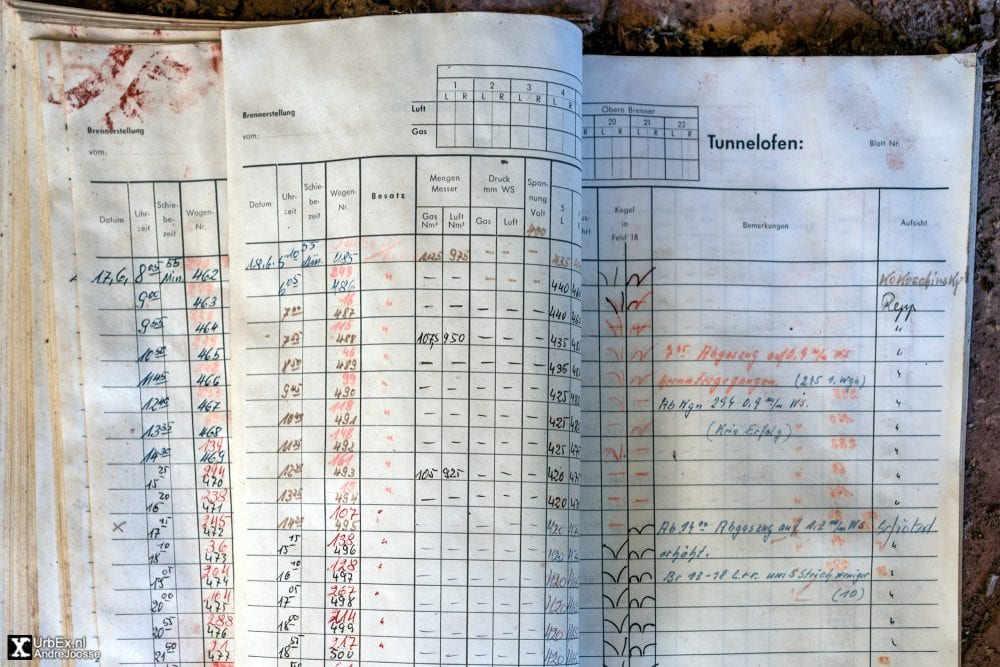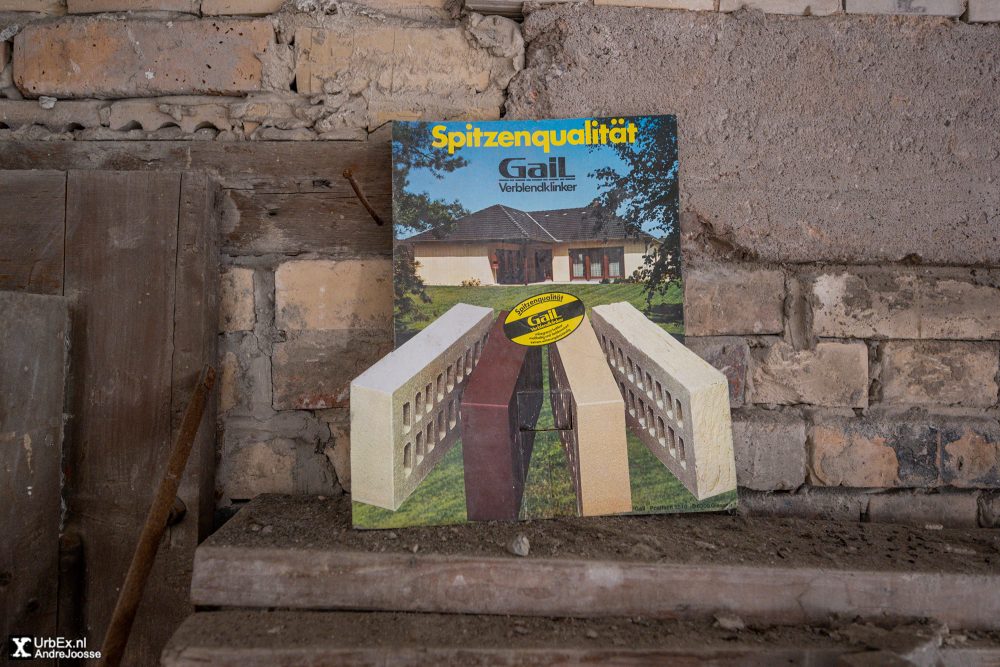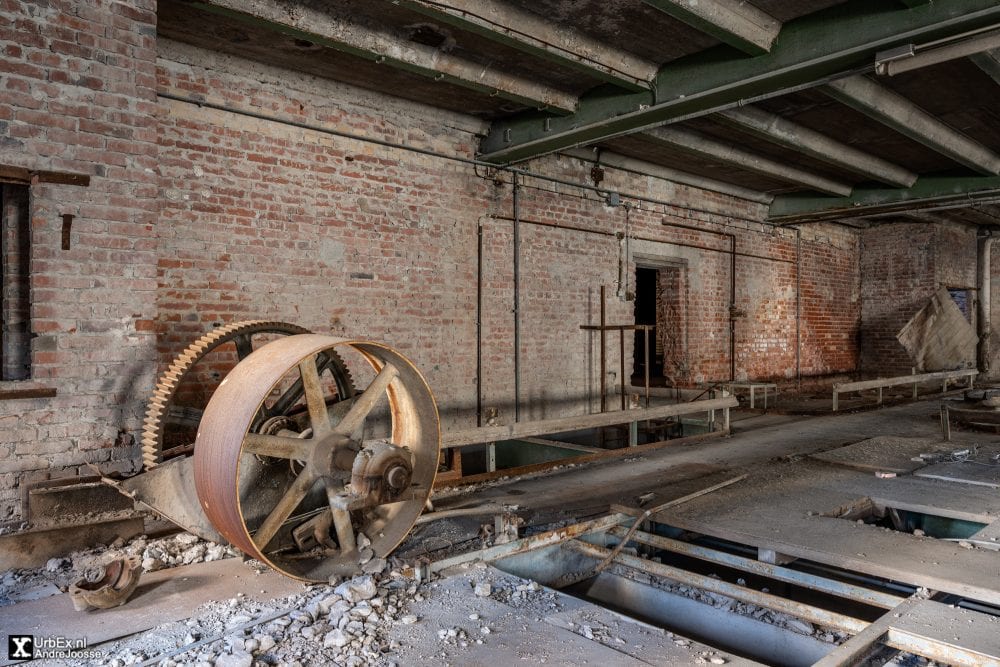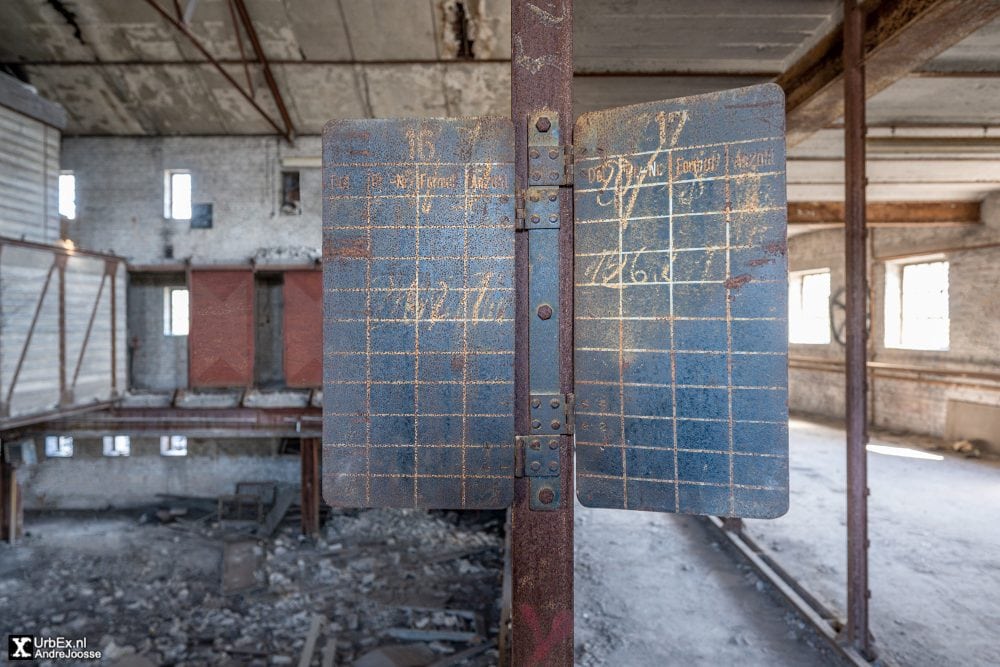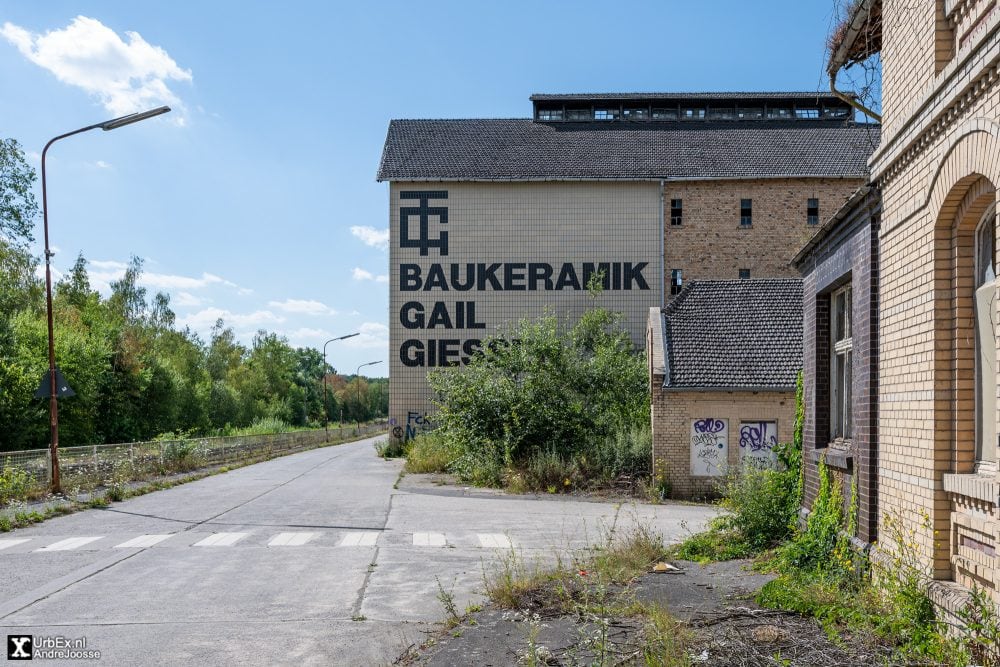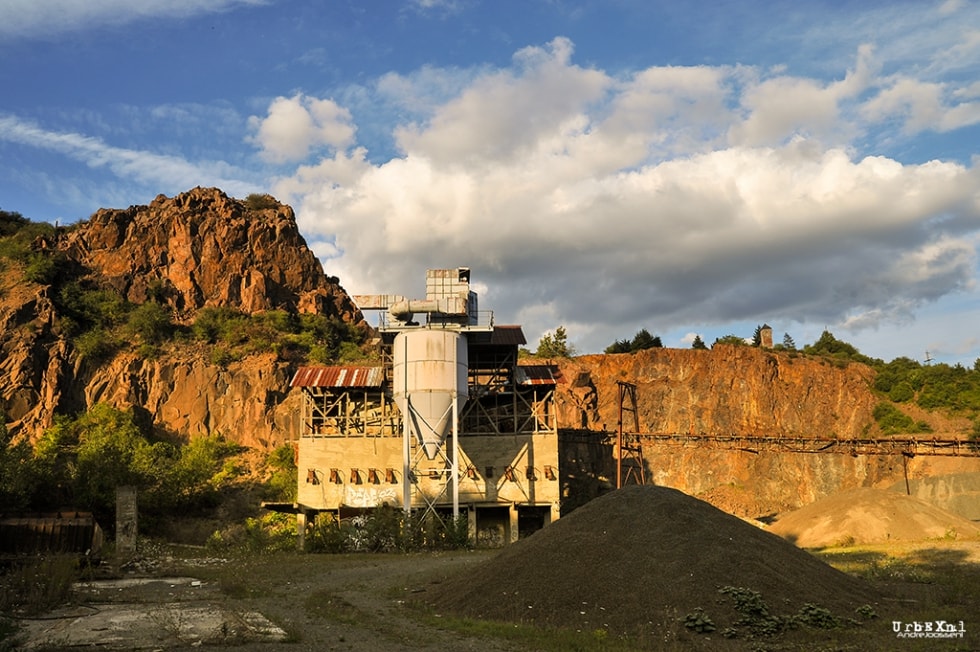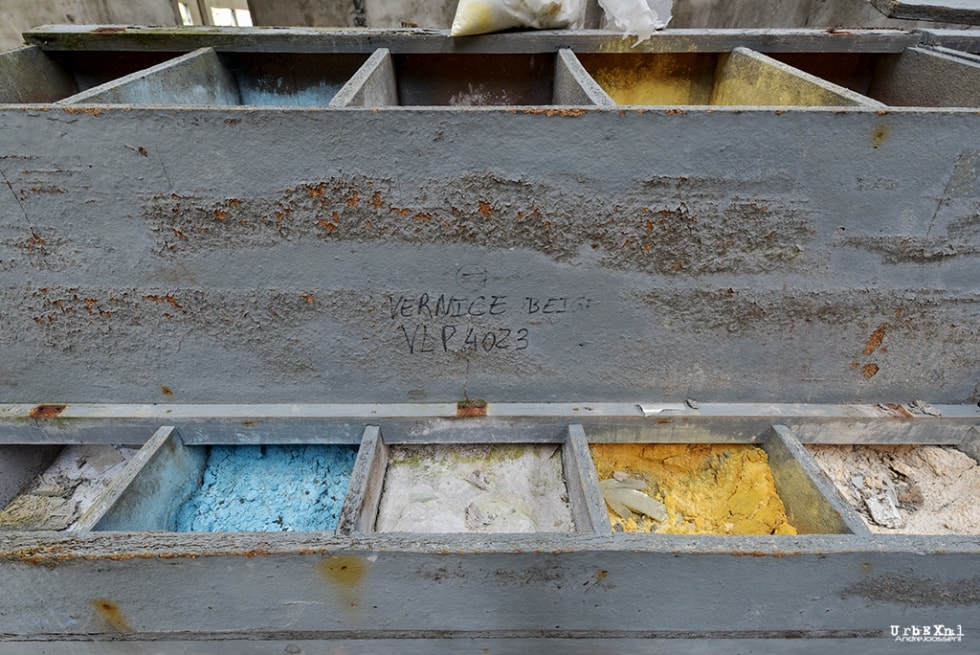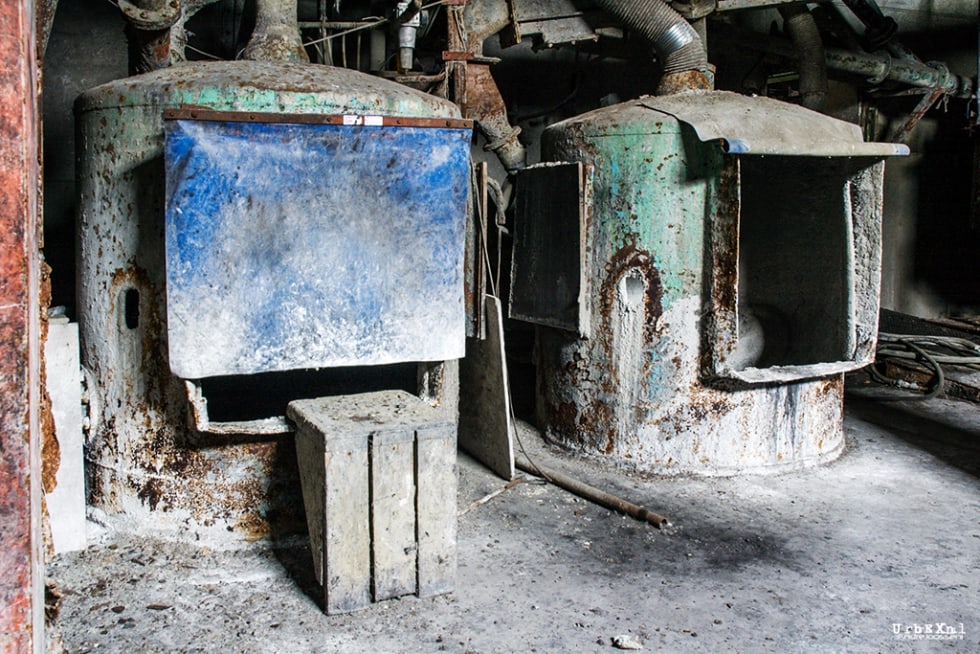Dampfziegelei und Tonwarenfabrik Gail
THE ABANDONED FACTORY IN GERMANY
‘Dampfziegelei und Tonwarenfabrik Gail’ is an abandoned, steam driven pottery and brick factory. The company was founded in Gießen in 1891 and closed down in 2009.
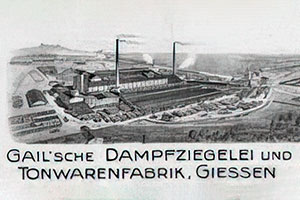
The tobacco and cigar manufacturer Wilhelm Gail, arguably the richest man in Gießen, partnered with master bricklayer Wilhelm Steinbach and built a steam brick factory across from the tobacco factory in 1891. Steinbach soon ran into financial difficulties, as a result he handed the work over to Wilhelm Gail. In the first year, the company employed 47 workers, one clerk and one supervisor.
The company produced building ceramics of such high quality that they were sold all over the world. Many bricks were exported to Russia. As one of the first ceramic manufacturers, Gail developed the swimming pool ceramics. In 1893 the plant, which was further modernized and expanded, had 111 employees.
First World War
During the First World War, the factory with its 258 employees had to be closed. The main sales area Russia was completely eliminated.
In 1919 there were 218 employees, but the revolutions of the Weimar Republic had a negative effect on work ethic, wage disputes, lawsuits and inflation led to the closure of the plant in 1922. In the post-war period, the “Gail’sche Dampfziegelei und Thonwarenfabrik Wilhelm Gail” was converted into a stock company and from then on operated under the name “Wilh Gail’sche Tonwerke AG “. Operations resumed at the end of 1923.
After the death of Wilhelm Gail, his son Georg Gail became its successor. He continued the modernization process. The ring furnaces were converted to gas heating, and both new presses and transport systems were purchased.
Fire and bombs
In July 1929, a large fire destroyed the ring kiln building and the processing plant. The damage was repaired as early as 1930 and most parts of the building were rebuilt. A year later, the demand for Gail products decreased again due to the financial situation in the country. During the Second World War, there were again difficulties in the company due to a shortage of raw materials. In 1944, almost all the facilities were destroyed by an air raid. However, the plant was able to start production slowly as early as 1947.
After the death of Georg Gail, his son-in-law Walter Rumpf took over management, supported by the ceramic specialist Walter Pohl and later by his son Fritz Pohl. The company expanded and soon owned six plants, including one in Brazil since 1972.
At the end of the 1980s, the company ran into financial difficulties again. As a result, the majority of the ceramics sector was taken over by the leading Japanese ceramics manufacturer Inax, which a little later merged with Boitzenburg AG in Mecklenburg. The new company Boizenburg Gail Inax AG had to file for bankruptcy in 1997, which affected around 350 employees at its headquarters. In 1999, the company was taken over by Staloton Keramik GmbH & Co. KG from Velpe.
Beijing 2008
In 2002 a Greek entrepreneur bought the company and renamed it Gail Architektur-Keramik GmbH. However, the tiles were no longer produced in Gießen, but obtained from other German factories. Only the administration remained in Gießen. Despite a major order for the Asian Games in 2006 and the Olympic swimming pool in Beijing in 2008, the company got into economic turmoil and as a result the factory in Giessen closed in 2009. The Gail company is still present on the international ceramics market today with ceramics for swimming pools, industrial buildings and for interiors and exteriors of buildings. However, the Gießen chapter has been closed.
